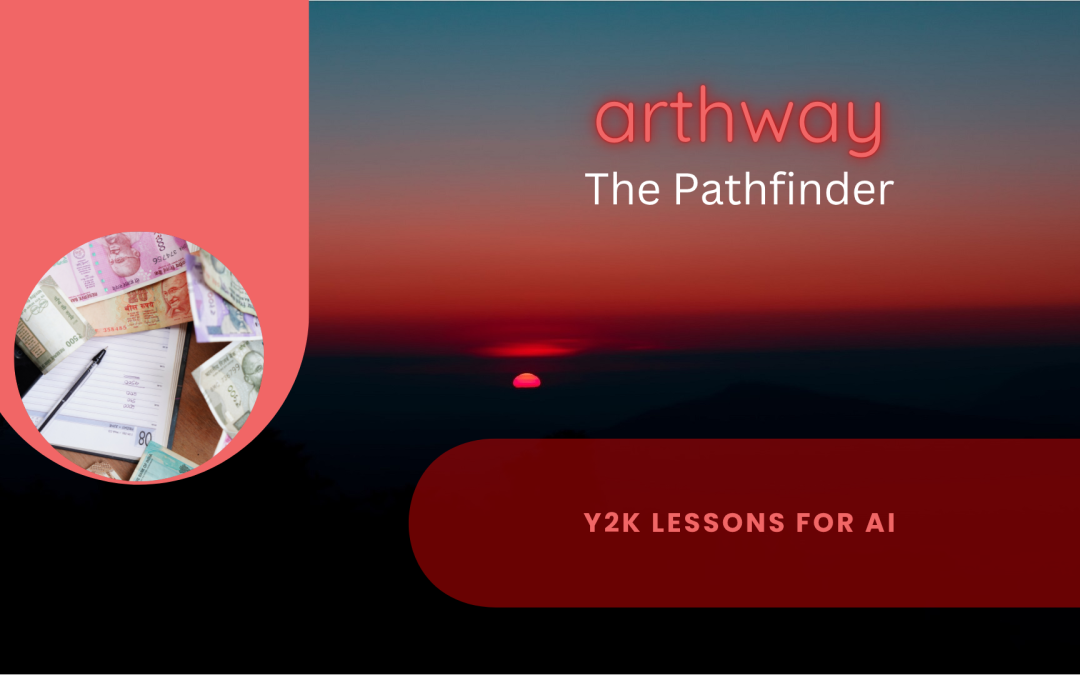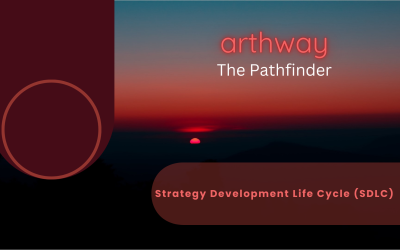Catastrophic AI Risks?
The Y2K “bug” was a critical concern as the year 2000 approached, stemming from a common programming shortcut where years were represented by only two digits (e.g., ’99’ for 1999). The fear was that systems would misinterpret ’00’ as 1900 instead of 2000, potentially causing widespread failures in critical infrastructure like banking, air traffic control, and power grids.
While widespread catastrophe was averted due to massive, coordinated efforts, the Y2K episode offers profound lessons for AI practitioners, particularly as AI systems become increasingly complex and integrated into critical functions. Here are some key takeaways:
The Perils of Technical Debt and Shortcuts: Y2K was a direct consequence of a seemingly innocuous shortcut taken decades earlier to save expensive computer memory. Similarly, in AI development, technical debt can accumulate through quick fixes, poorly documented models, or reliance on brittle assumptions about data or behavior. AI practitioners must be mindful that decisions made today about model architecture, data handling, and deployment can have significant, unforeseen consequences years down the line.
The Importance of Rigorous Testing and Validation: The Y2K remediation involved an unprecedented effort to review, test, and update millions of lines of code. For AI, this translates to:
- Comprehensive Testing: AI systems need more than just functional testing. They require robust testing for bias, fairness, security vulnerabilities (e.g., adversarial attacks), and performance under various, including unexpected, conditions.
- Validation against “Ground Truth”: Where possible, AI outputs should be validated against known, reliable data or expert human judgment.
- Continuous Monitoring and Feedback Loops: Like legacy systems that needed ongoing maintenance post-Y2K, AI models can “drift” over time as real-world data changes. Continuous monitoring and feedback loops are crucial for detecting and mitigating performance degradation.
- Explainable AI (XAI): While not directly a Y2K parallel, the need to understand why a system makes a particular decision becomes paramount in critical AI applications. XAI can help demystify complex algorithms and build trust, much like the need to understand legacy code was critical for Y2K fixes.
Understanding Interdependencies and Cascading Failures: A major Y2K concern was the potential for cascading failures across interconnected systems. Modern AI systems often operate within complex ecosystems, relying on various data sources, APIs, and other models. A failure or unintended behavior in one AI component could trigger unforeseen issues in downstream systems. AI practitioners must thoroughly map out these interdependencies and design for resilience.
Risk Management and Preparedness: The Y2K crisis highlighted the importance of proactive risk assessment and mitigation. For AI, this means:
- Identifying and Prioritizing Risks: Beyond technical failures, AI introduces ethical risks (e.g., bias, discrimination), privacy risks, and compliance risks. A comprehensive AI risk management framework is essential.
- Scenario Planning and “Red Teaming”: Actively trying to break or misuse AI systems (like red-teaming exercises) can uncover vulnerabilities and edge cases that traditional testing might miss.
- Transparency and Communication: The public’s understanding and concern about Y2K, while sometimes exaggerated, ultimately spurred action. For AI, clear communication about capabilities, limitations, and potential risks is crucial for building trust and enabling responsible deployment.
The Human Element and Collaboration: The Y2K effort was a testament to global collaboration between governments, businesses, and programmers. In AI, fostering cross-functional collaboration (e.g., data scientists, engineers, ethicists, legal experts, domain experts) is vital. Human oversight and intervention remain crucial, especially for high-stakes AI applications.
The Cost of Inaction vs. Over-preparation: While some argue that Y2K was “over-hyped” because the feared disaster didn’t materialize, it’s widely accepted that the lack of major incidents was precisely because of the extensive preparatory work. This suggests that investing in foresight and robust solutions for potential AI pitfalls is a necessary cost, even if a catastrophic failure is averted.
In essence, Y2K serves as a powerful reminder that even seemingly small technical decisions, when scaled and embedded in critical systems, can create enormous challenges. For AI practitioners, the lessons are clear: prioritize robust engineering, comprehensive testing, proactive risk management, and thoughtful consideration of long-term impacts, even when faced with immediate pressures.
You May Also Like…
Strategy Development Life Cycle (SDLC)
A Roadmap for Organizational SuccessIn today's rapidly evolving business landscape, the ability to...
How VC’s Revenue Emphasis Impacts Startups’ Valuation & Funding
The venture capital (VC) landscape has undergone significant shifts in recent years, with a...
Ranching Renaissance: A Future of Flavor and Sustainability
The image of the lone cowboy riding across vast, open plains may seem like a relic of the past....
Biology! This century will be about biological advancements!
Imagine a world where diseases are eradicated, aging is reversed, and our understanding of life...
The Future of Climate Tech: A Complex but Optimistic Landscape
The climate crisis is undoubtedly one of the most pressing challenges of our time. However, it...
Our independence is linked To the plenty of natural resources
Humanity, a delicate dance upon the grand stage of existence, has intricately woven its story with...
Shrink-to-grow model: A portfolio strategy for consistent growth
Shrink-to-grow model is a portfolio strategy that involves divesting parts of a business that are...
Mergers and Acquisitions (M&A): Different Types and Methods
Mergers and Acquisitions (M&A) are strategic business transactions where one company acquires...









Recent Comments